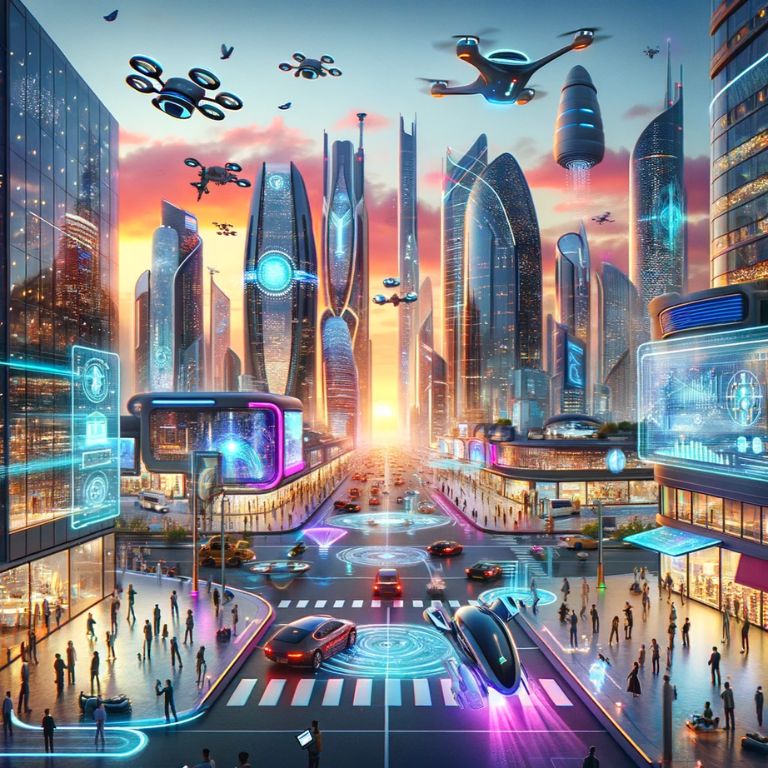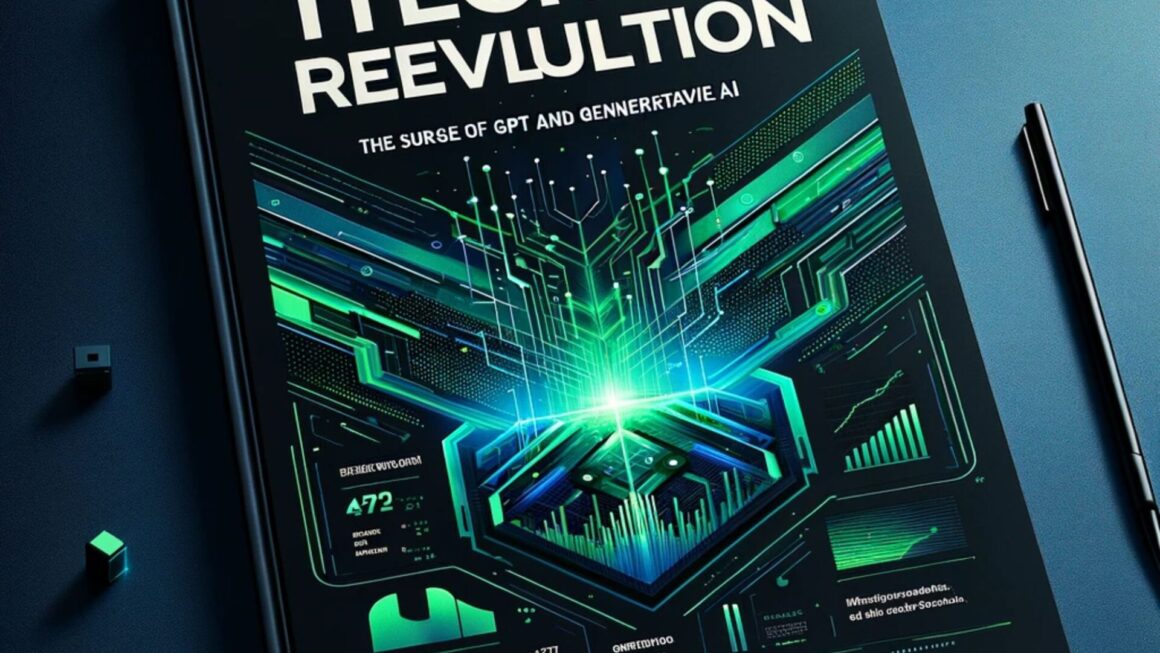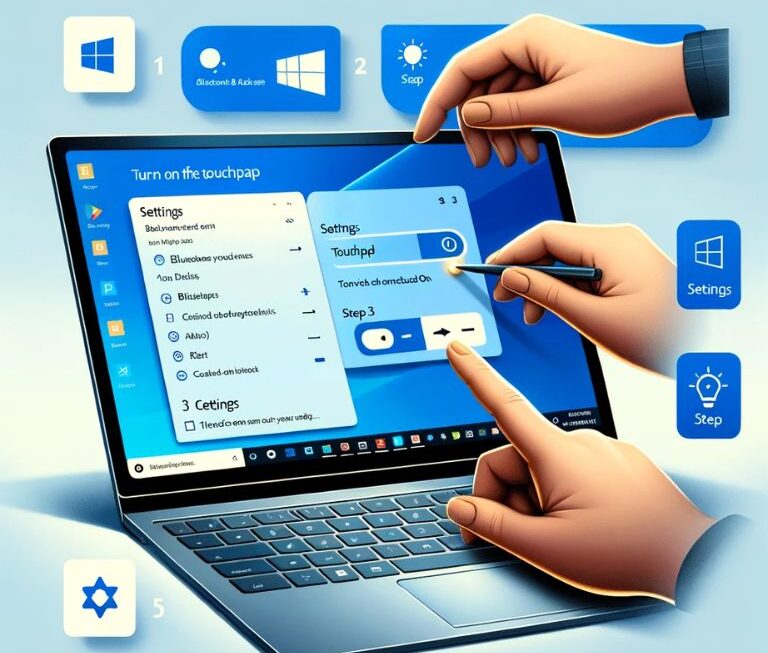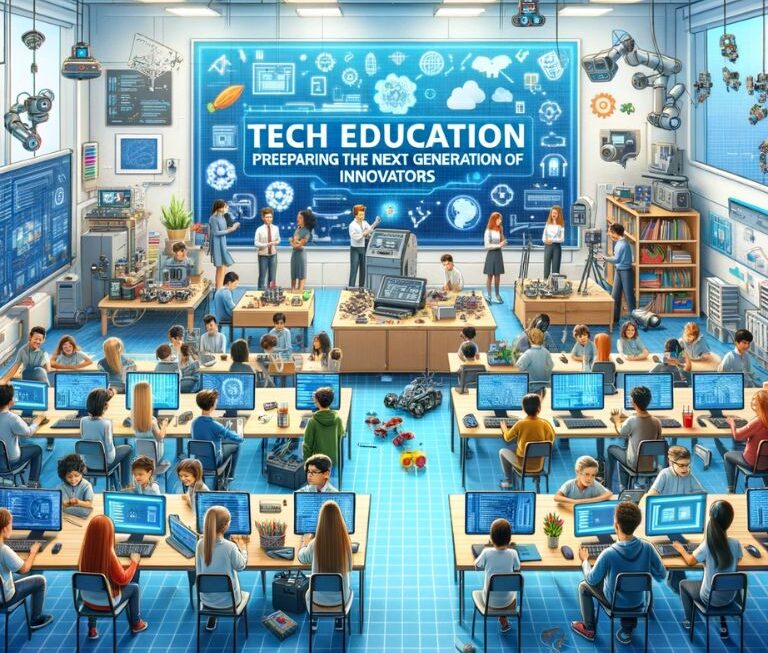In recent years, CRISPR has not just been a term confined to the lexicon of geneticists but has become a beacon of hope in the quest to conquer genetic diseases.
The Rise of CRISPR Technology
CRISPR has emerged as a groundbreaking tool in modern medicine, revolutionizing our approach to genetic disorders. Its precision in modifying DNA marks a significant advancement over older genetic engineering techniques.
CRISPR and High Cholesterol Treatment
CRISPR’s application in treating high cholesterol—a condition affecting millions—promises a shift from ongoing treatment to a potential one-time genetic correction. This approach is in clinical trials, underscoring the rapid progression of this technology from the lab to real-world applications.
Beyond Cholesterol: The Future of CRISPR
CRISPR’s potential extends to curing various genetic diseases, potentially transforming medical treatments. It paves the way for personalized medicine, tailoring treatments to individual genetic profiles, thereby enhancing efficacy and reducing side effects.
The Emergence of AI-Driven Artistic Creation
In a world where technology continually reshapes our boundaries, the emergence of AI-driven artistic creation stands as a testament to the limitless potential of artificial intelligence in augmenting human creativity.
Unveiling the AI Artists
2023 has marked the arrival of a new era in artistic expression, driven by advances in artificial intelligence. AI models developed by entities like Google and OpenAI have now reached a level where they can generate stunning artworks based on simple text prompts. This innovative intersection of technology and creativity signals a transformative moment in the art world.
The Mechanism Behind AI Art
These AI systems utilize complex algorithms and vast datasets of existing artworks to learn and replicate artistic styles. When given a textual description, they can create visual representations with a surprising degree of accuracy and creativity. The technology, often powered by neural networks, is constantly evolving, becoming more sophisticated with each iteration.
Impact on the Art World
The introduction of AI in art creation has sparked debates on creativity and originality. While some view it as a tool for democratizing art, allowing more people to express their creative visions without formal training, others raise concerns about the implications for human artists and the uniqueness of art.
Revolutionizing the Chip Industry with RISC-V

In the dynamic realm of semiconductor technology, RISC-V stands as a groundbreaking innovation, redefining the paradigms of chip design and manufacturing in a manner that could shape the future of computing.
A Paradigm Shift in Chip Manufacturing
In an industry historically governed by proprietary technologies and hefty licensing fees, RISC-V emerges as a revolutionary force. This open standard for chip design is altering the landscape of microprocessor production, breaking the monopoly of major firms and reshaping the future of technology.
Understanding RISC-V
RISC-V stands as a beacon in the world of computing, representing a Reduced Instruction Set Computer architecture that’s open-source. Unlike proprietary ISAs, RISC-V allows free usage and customization, offering a versatile foundation for chip development. Its simplicity and modularity make it adaptable to a wide array of applications, from mobile devices to high-performance servers.
The Impact of Open-Source Chip Design
The adoption of RISC-V is a game-changer, especially for startups and research institutions. It lowers entry barriers, enabling innovation at a grassroots level. This open-source model is not just a technical shift but a cultural one, fostering a community-driven approach to chip design. It allows designers to create highly specialized chips without the constraints of traditional licensing models, fueling advancements in sectors like IoT, AI, and even space technology.
RISC-V in the Global Tech Arena
The global embrace of RISC-V illustrates its universal appeal. Companies across continents are integrating RISC-V into their products, driving forward a new era of chip design that’s more inclusive and innovative. This global collaboration is not only propelling technological advancements but also ensuring a diverse range of perspectives and skills contribute to the evolution of chip technology.
Challenges and Future Prospects
Despite its growing popularity, RISC-V faces challenges, particularly in competing with well-established ISAs in certain markets. However, its trajectory indicates a bright future, with potential expansions in domains like quantum computing and AI. As more organizations adopt and contribute to RISC-V, its capabilities will only expand, solidifying its position as a cornerstone of future technological innovations.
The Rise of Accessible Military Drones
As the dawn of a new era in warfare emerges, the rapid advancement and accessibility of military drones are reshaping global military strategies, turning futuristic concepts into present-day realities.
Transforming Modern Warfare
The recent surge in the use of military drones marks a pivotal shift in modern warfare. Initially, these advanced machines were exclusive to wealthier nations due to their high cost and strict export controls. However, technological advancements have drastically changed this landscape.
Democratization of Drone Technology
Advances in consumer electronics and communication technologies have enabled manufacturers to produce sophisticated drones at a fraction of the previous cost. This development has made military-grade drones accessible to a broader range of nations and non-state actors, significantly altering the dynamics of military engagement and surveillance.
Ethical and Geopolitical Implications
The widespread availability of military drones raises numerous ethical and geopolitical questions. The ease of access to these technologies might lead to an escalation in conflicts and poses challenges in international regulations and warfare ethics.
Future Trends and Developments
The trend towards more accessible drones is likely to continue, with advancements in AI and automation further enhancing their capabilities. This could lead to a new era of unmanned warfare, necessitating discussions and policies around the responsible use of these technologies.
Telemedicine’s Role in Accessing Abortion Pills

In a world where medical access is constantly evolving, telemedicine’s role in providing abortion pills has emerged as a groundbreaking development, reshaping the landscape of reproductive healthcare amidst shifting legal and social paradigms.
A Shift in Healthcare Access
The landscape of reproductive healthcare, particularly in the United States, has undergone a significant transformation with the advent of telemedicine for abortion services. This shift comes in the wake of changing legal landscapes, where state-level bans have made access to abortion increasingly challenging.
The Rise of Telemedicine in Reproductive Health
Telemedicine has emerged as a crucial channel for providing access to abortion pills. By leveraging digital platforms, healthcare providers can consult with patients remotely, prescribe necessary medications, and offer guidance and support throughout the process. This method ensures privacy and accessibility, especially in regions where clinic-based services are restricted or unavailable.
How Telemedicine Works for Abortion Services
- Consultation: Patients receive a remote consultation via video call or messaging with a healthcare provider.
- Evaluation: Medical evaluations are conducted to determine eligibility for medication-induced abortion.
- Prescription: If eligible, patients receive a prescription for abortion pills, typically mifepristone and misoprostol.
- Support: Ongoing support and follow-up care are provided remotely.
Legal and Ethical Considerations
While telemedicine for abortion pills increases accessibility, it also raises legal and ethical questions. Navigating varying state laws and ensuring patient safety remotely are significant challenges that providers and patients face.
Advancements in Organ Transplantation Technologies
In an era where medical miracles are increasingly becoming a reality, the advancements in organ transplantation technologies stand at the forefront, offering new hope and possibilities to those waiting for life-saving transplants.
A Lifesaving Leap Forward
The realm of organ transplantation is witnessing revolutionary advancements, driven by cutting-edge technologies that promise to address the critical shortage of donor organs, a challenge that has long plagued the medical field.
Innovations Transforming Transplantation
- Genetically Engineered Organs: Scientists are making strides in genetically modifying pig organs to be compatible with human bodies, a breakthrough that could vastly increase the availability of transplantable organs.
- 3D-Printed Organs: The use of 3D printing technology to create organs from a patient’s own cells is another groundbreaking development. This approach minimizes the risk of organ rejection and could revolutionize the way transplants are performed.
The Impact of These Technologies
These innovations have the potential to save thousands of lives each year. By providing a reliable source of compatible organs, they could essentially eliminate the waiting lists for transplants, drastically reducing the number of deaths due to organ failure.
Ethical and Regulatory Considerations
While these technologies are promising, they also raise important ethical and regulatory questions. The feasibility, safety, and ethical implications of creating and using genetically modified or 3D-printed organs are subjects of ongoing debate and research.
The Accelerated Shift Towards Electric Vehicles (EVs)
As the world races towards a greener future, the shift towards electric vehicles (EVs) is not just a trend but a vital transition, reshaping the automotive landscape and propelling us towards a more sustainable mode of transportation.
Navigating the Road to Electrification
The automotive industry is at a pivotal juncture with the accelerated shift towards electric vehicles (EVs). This transformation is driven by a combination of technological advancements, environmental concerns, and changing consumer preferences.
Key Drivers of the EV Revolution
Advancements in Battery Technology: The development of more efficient, cost-effective batteries has significantly lowered the price of EVs, making them more accessible to the average consumer.
Government Policies and Emissions Regulations: Many countries have introduced policies and regulations to reduce carbon emissions, including incentives for EV purchases and plans to phase out gasoline-powered vehicles.
The Rising Popularity of EVs
Electric vehicles are no longer niche products; they are increasingly becoming a mainstream choice for consumers. Major automakers are committing to electrifying their vehicle lineups, and the number of EV models available in the market is growing rapidly.
Conclusion
As we delve into these diverse realms of technological advancement, from CRISPR’s medical revolutions to the widespread adoption of electric vehicles, it’s clear that we are entering a new era of innovation. These breakthroughs, spanning healthcare, art, chip manufacturing, military strategy, reproductive health, organ transplantation, and transportation, not only demonstrate human ingenuity but also highlight our adaptive resilience. The future is here, marked by rapid, transformative changes that promise to redefine our world, bringing new challenges and opportunities. As we stand at the cusp of these exciting developments, the potential for positive change and advancement is limitless.




